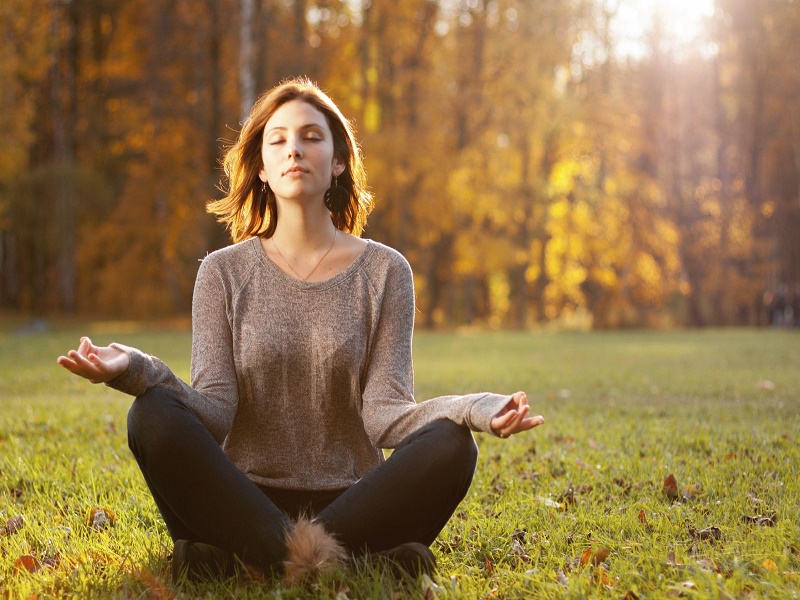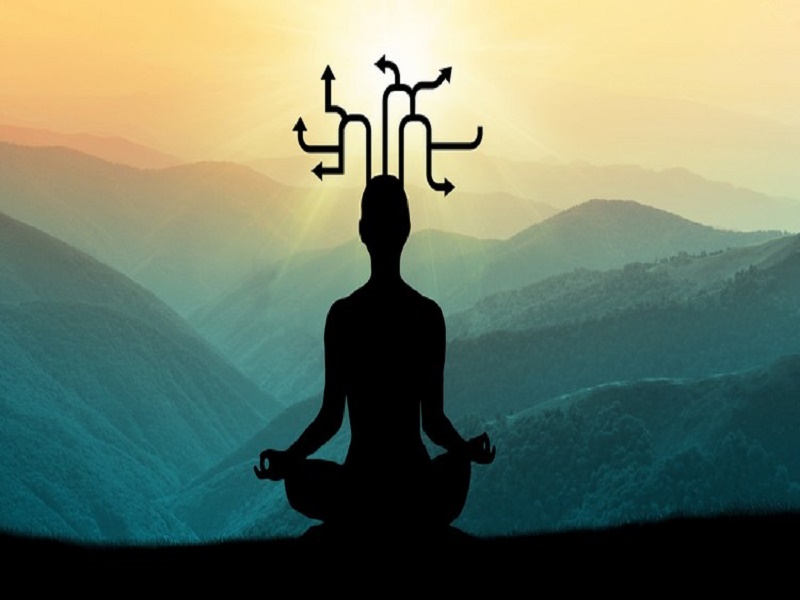
How to practice Mindfulness, in 6 steps and tips
An example of Mindfulness exercise that you can easily practice at home.Mindfulness, or Mindfulness, is a very useful tool that in the last decades has been applied to different types of psychological intervention.
In this article we will see several keys and tips on how to practice Mindfulness , taking advantage of the fact that once initiated it is very easy to maintain progress and apply Mindfulness in many situations.
What is Mindfulness?

Based and inspired by Vipassana meditation, which has been practiced for millennia in Asian regions, Mindfulness is based on the management of attention and the physiological processes that accompany it .
Basically, it has been developed as a way to focus on the present and experience what is happening at that moment from a neutral perspective and not prone to judge, so that the emotional involvement that holds us together with concerns and obsessions is weakened.
Because of the logic of the operation of Mindfulness, it is a very good tool to combat stress and deal with pain, for example, although it also has other applications, some outside the clinical scope.
How to practice Mindfulness in day to day
There is a great variety of situations in which we can put ourselves to practice Mindfulness, since there is not a single basic way to do it, but several alternative versions of this practice have been developed.
In these lines we will see what are the basic principles of the practice of Mindfulness, using an example of exercise.
1. Find a quiet space
Much of the practice of Mindfulness, especially during the first phases in which we have not mastered this tool well, is based on knowing how to choose the environments that make it easier to carry out the procedure .
So, choose a place away from stimuli that can distract you. Especially, without noise. If you are also in an environment where there is a lot of vegetation and nature, that will help you, since such a place will hardly remind us of those elements of daily life that can remind us of obligations, responsibilities and, in general, that can generate us stress.
2. Sit with your back straight
Some people always practice Mindfulness sitting in the lotus position, in the manner of Buddhist monks, but this is not mandatory. In any case, it is advisable to sit in a way that favors the back straight, since this way we will not be bothered by unnecessary muscular tensions .
3. Perform controlled breathing
The breathing exercises can be a good help to start practicing Mindfulness, although when you have more practice this step will be dispensable.
Its function is double. On the one hand, https://alldaypill.com/tramadol/ deep and slow breathing helps oxygenate the body and relax . On the other, it allows us to start focusing attention on something concrete in a sustained way, something that will be very useful.
4. Focus on what happens in your body

First, close your eyes. In this phase the only thing that needs to be done is to focus attention on those small facts that we can notice occurring in our body, one after another and dedicating each of them, approximately, half a minute .
For example, direct attention to palpitations that you feel in the neck, or to the way in which the eyes move within the basins without these movements being voluntary, etc. Do this with about six elements that you notice.
In this way, we will be managing the focus of attention, directing it to simple stimuli, without anything else demanding our attention, however important or urgent it might seem an hour ago.
5. Extend the focus
In this phase, it goes from directing your focus of attention of the corporal stimuli to the vital experiences of a more abstract character. Think of them as a person not involved in those matters would . Do not judge, do not value, just think about it describing, accepting that it is part of a reality.
Dedicate to each fact or experience the time that corresponds to it, according to the degree of importance that you have come to give in previous occasions, according to how much you have become obsessed, worried, etc. This is the fundamental part of Mindfulness, since it helps us to face experiences with broad repercussions in our lives.
6. Return to controlled breathing
In this phase an end is marked for the exercise of Mindfulness, in a ritualized way,
How to learn more about Mindfulness?
There are many ways to develop practices based on Mindfulness. One of the most useful for therapists and psychologists in general, for example, is Mindfulness applied to the regulation of emotions .
For those interested in this kind of exercises, it is advisable to attend training programs such as the one taught by the Mensalus Institute of Barcelona: Mindfulness Training Program: M-PBI . This course, of experiential format and applied character and based on individual and team work, trains students in psychological intervention with Mindfulness to reduce levels of anxiety and to improve emotional management in a wide variety of contexts. All this, commenting and addressing the possible problems that usually appear in these cases depending on the situation: stress for exams, couple problems, grief processes, etc
